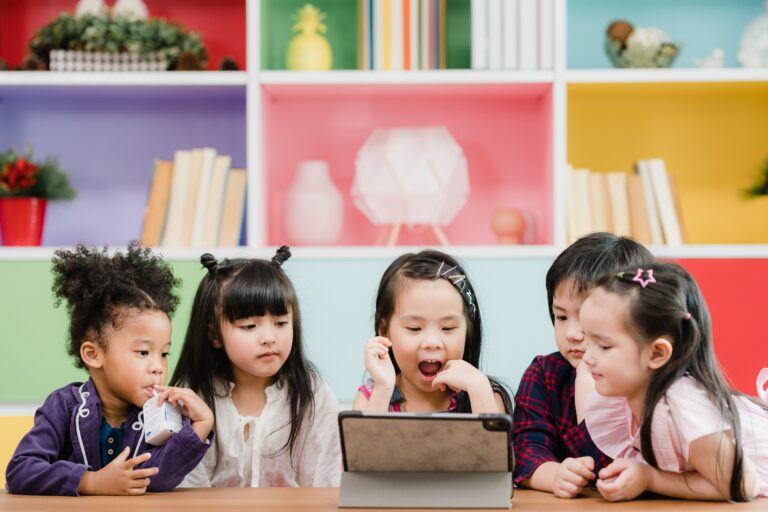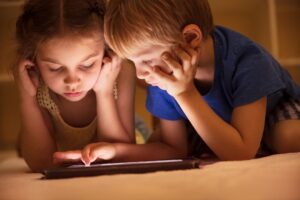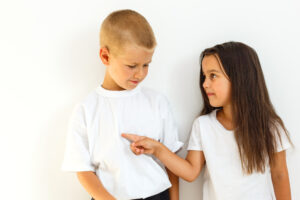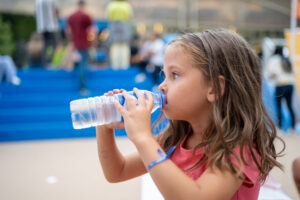Introduction to Harmony Day and its importance
Harmony Day is an annual event held on March 21st, celebrating cultural diversity and promoting inclusivity, respect, and a sense of belonging for everyone.
Harmony Day day holds special significance for those of us involved in childcare, as it provides an ideal platform to teach young children about the importance of embracing diversity and fostering unity.
In this article, I will explore the significance of diversity in childcare, the benefits of celebrating diversity in early childhood education, and creative ways to celebrate Harmony Day in your childcare setting.
The significance of diversity in childcare
Diversity in childcare is essential to creating an inclusive and nurturing environment for all children. It not only helps them develop a sense of identity and belonging but also fosters empathy, understanding, and respect for others.
By exposing children to different cultures, languages, and traditions, we are helping them develop a broader worldview and an appreciation for the unique qualities that make each person special.
Moreover, a diverse childcare environment also helps promote social cohesion and harmony, as children learn to interact with others from different backgrounds and develop strong, meaningful relationships.
Benefits of celebrating diversity in early childhood education
Celebrating diversity in early childhood education has numerous benefits for both children and educators.
For children, exposure to different cultures and traditions helps build their cultural competence, enabling them to understand, communicate, and interact effectively with people from diverse backgrounds.
This, in turn, boosts their self-esteem and confidence, as they learn to appreciate their own culture and heritage as well as those of others.
For educators, embracing diversity in childcare settings presents an opportunity to learn from different cultures and traditions, deepening their understanding of the diverse needs and perspectives of the children they care for.
Additionally, incorporating culturally diverse practices and materials into the curriculum can enhance the learning experience, making it more engaging and relevant for children.
Preparing for Harmony Day: involving parents and the community
As Harmony Day approaches, it’s essential to involve parents and the community in your childcare setting’s celebrations.
Engaging parents and community members not only helps create a more inclusive and supportive environment but also provides valuable resources and expertise that can enrich your Harmony Day activities.
Start by reaching out to parents and inviting them to share their cultural traditions and experiences with the children. You can also collaborate with local cultural organizations and community groups, inviting them to participate in your Harmony Day celebrations or provide resources such as books, music, and artifacts.
Additionally, consider hosting a Harmony Day event for parents and the wider community, showcasing the diverse cultures represented in your childcare setting through performances, presentations, and displays.
This not only strengthens community ties but also sends a powerful message of unity and inclusivity to the children in your care.
Creative activities to celebrate diversity on Harmony Day
There are countless creative activities you can incorporate into your childcare setting’s Harmony Day celebrations. Here are a few ideas to inspire you:
Cultural dress-up day: Encourage children to come dressed in traditional clothing representing their culture or a culture they’re interested in. This not only fosters pride in their own heritage but also exposes them to the diverse attire of other cultures.
Multicultural feast: Host a potluck lunch or snack time where children and their families contribute dishes from their cultural backgrounds. This is a great way to introduce children to new flavors and cuisines while also encouraging them to share their own culinary traditions.
Cultural music and dance: Invite local musicians or dancers to perform traditional pieces from different cultures, or teach children simple dances they can join in. This not only exposes children to a variety of music and movement styles but also promotes cultural appreciation and understanding.
Arts and crafts: Organize arts and crafts activities that teach children about different cultural symbols, patterns, and techniques. For example, children could create Aboriginal dot paintings, Chinese paper lanterns, or Mexican papel picado.
Promoting inclusivity through cultural learning experiences
In addition to Harmony Day celebrations, you can promote inclusivity and unity in your childcare setting by incorporating cultural learning experiences into your daily curriculum.
This could include reading books and telling stories from diverse cultures, exploring global celebrations and traditions, or learning basic greetings in different languages.
By creating a culturally rich learning environment, you are helping children develop the skills and attitudes they need to navigate our multicultural world with respect and understanding.
Encouraging unity and teamwork through group projects
Group projects are an excellent way to encourage unity and teamwork in your childcare setting, particularly when they involve collaboration between children from different cultural backgrounds.
Consider organizing multicultural group projects, such as creating a world map mural, designing a multicultural quilt, or working together to produce a performance that incorporates elements from various cultures.
By working together towards a common goal, children learn to appreciate the unique strengths and perspectives that each individual brings to the table.
Sharing stories and experiences to foster understanding and empathy
One of the most powerful ways to promote understanding and empathy in your childcare setting is by encouraging children to share their stories and experiences.
This can be done through storytelling sessions, show-and-tell, or simply by providing opportunities for open dialogue and discussion.
By giving children a platform to express their thoughts and feelings, you are fostering a safe and supportive environment where everyone’s voice is valued and respected.
Evaluating the impact of Harmony Day celebrations on your childcare setting
After your Harmony Day celebrations, take the time to evaluate their impact on your childcare setting. Reflect on what worked well and what could be improved for future events.
Gather feedback from children, parents, and staff to gain a comprehensive understanding of the celebrations’ effectiveness in promoting inclusivity and unity.
By continually assessing and refining your approach to celebrating diversity, you can ensure that your childcare setting remains a welcoming and inclusive environment for all.
Conclusion: fostering a more inclusive and diverse environment for children
In conclusion, celebrating diversity in childcare is vital to creating an inclusive and nurturing environment for all children.
By embracing Harmony Day and incorporating cultural learning experiences into your curriculum, you are not only fostering inclusivity and unity but also helping children develop the skills and attitudes they need to navigate our multicultural world with respect and understanding.
So, let’s come together to celebrate the rich tapestry of cultures that make up our global community and work towards fostering a more inclusive and diverse environment for our children.












